CContents
General introduction:
The human brain is a complex organ that is dependent upon continuous blood supply. When the blood flow disrupts, it stops the transport of vital oxygen and glucose to the brain and this may lead to brain death within a couple of minutes.
Facts and definition of brain stroke:
Brain stroke occurs when blood vessels in the brain get ruptured and start bleed or when there is a blockage in the blood supply or the blood supply stops for a few seconds to the brain. Due to improper transportation of blood as well as oxygen, the brain cells died, and controlling power is also lost. This interruption causes brain stroke and we can also be referred to it as brain attack or CVA (Cardio Vascular Accident). It is the main leading cause of death and also a major cause of leading disability in today’s adults. Females are more likely to suffer than males.
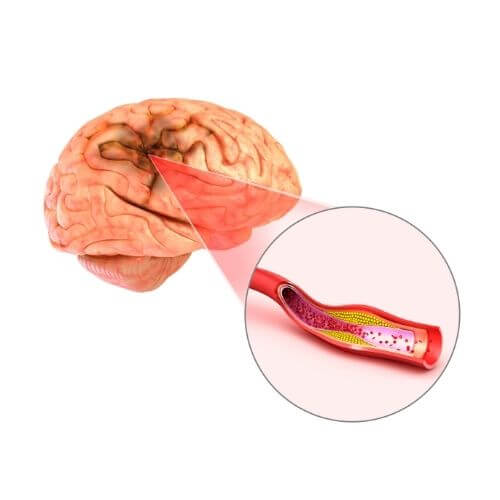
Types:
These are two types of ischemic stroke:

Ischemic stroke
Ischemic stroke is caused when there is a blockage of an artery in the brain and prevents transferring of oxygenated blood to the brain cells. It can be blocked in two ways:

Thrombotic stroke
In this type, the artery gets narrowed over a time period because of plaques (cholesterol) stacks. If the plaque gets raptured, the clot is formed which prevents blood flow to brain cells.
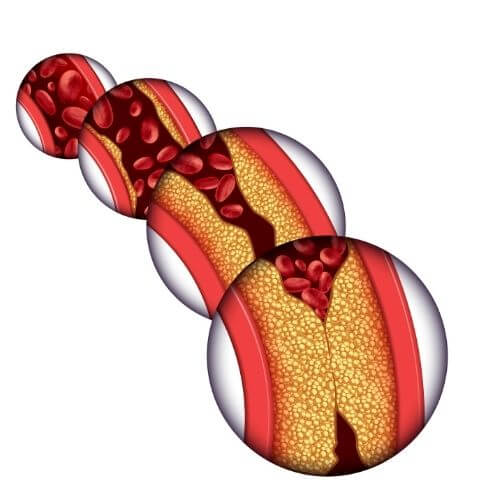
Embolic stroke
An embolism is a piece of fatty material or you can also be called it a clot that travels with the blood flow and gets stuck in blood vessels leads to obstruction.
Hemorrhagic stroke
When a weak blood vessel gets leaked and releases blood into other surrounding tissues and those tissues stop working. It is caused due to uncontrolled high blood pressure which with time weakens the arterial wall over time.
Blood gets also leaked from an aneurysm (a congenital weakness or ballooning of the wall of an artery or from an AVM (Arteriovenous malformation), in which an artery or a vein gets connected but incorrectly. This causes damage to brain cells and leads to swelling. This swelling creates pressure on other surrounding brain tissues.
Causes of Brain stroke
Causes of brain stroke mainly depend upon the type of stroke and these types are explained above.
Various common causes of the brain stroke are:
Being overweight or excessive weight gain
Uncontrolled weight leads to plaque formation and elevates the chances of stroke.

Age 55 years or more than that: With the increasing age, chances of brain stroke also increased.
Family history: Chances of brain stroke increases, if there is a chance of family histories like father, mother, grandfather, or any sibling of genetic health issues like high blood pressure.
Sedentary lifestyle: Our inactive style or lack of exercise leads to gaining weight and causes a stroke.
Drinking, smoking, or using illicit drugs: Alcohol consumption, smoking, or using drugs is also the main cause.
Symptoms of Brain stroke
As we described earlier, loss of blood flow due to rupturing or blockage leads to tissue damage in the brain. The symptoms are mainly shown in the parts of the body which are controlled by damaged areas of the brain.
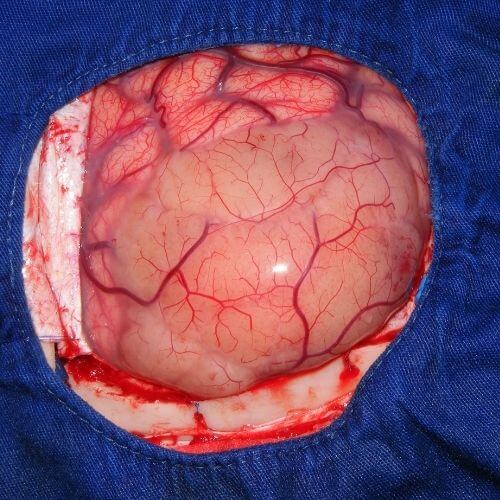
Common symptoms include:
- Numbness in the arms, legs, face mainly on one side of the body.
- Paralysis
- Difficulty in speaking or understanding speech
- Confusion and dizziness
- Nausea
- Seizures
- Difficulty in breathing
- Behavioral changes
- Difficulty in walking
- Vision-related issues like trouble seeing in one or both of the eyes with blurring, or blackening, or double vision.
- Unable to maintain balance or coordination
- Severe headache that may be sudden
If you are suffering from these symptoms, proper medical care is needed. Because proper medical attention prevents further outcomes like long-term disability, brain damage, or even death may occur. So it’s better to stay safe than dealing with a brain stroke.
Diagnosis of Brain stroke
Time is very important and precious if you are suffering from a brain stroke, the delay in diagnosing and treating, the more will be the loss.
A brain stroke can be diagnosed with general physical and neurological examinations. But for the proper examination you should go for:
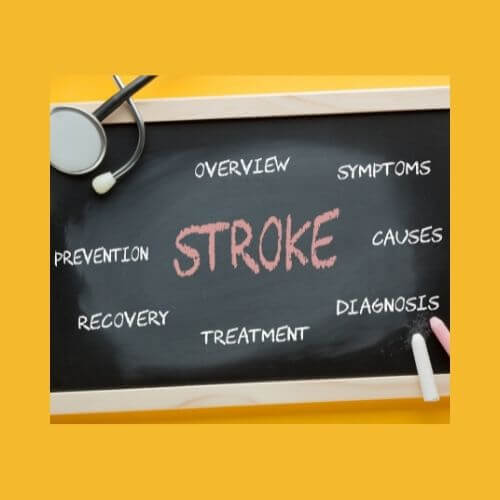
Blood tests:
To check how fast the blood clot is occurring and to check whether blood sugar is under control or not.

Imaging
CT scan or MRI scan:
CT scan will give you detailed information of the brain which shows any bleeding or damage caused in it. This can also show other r=brain related conditions that can be the cause of symptoms.
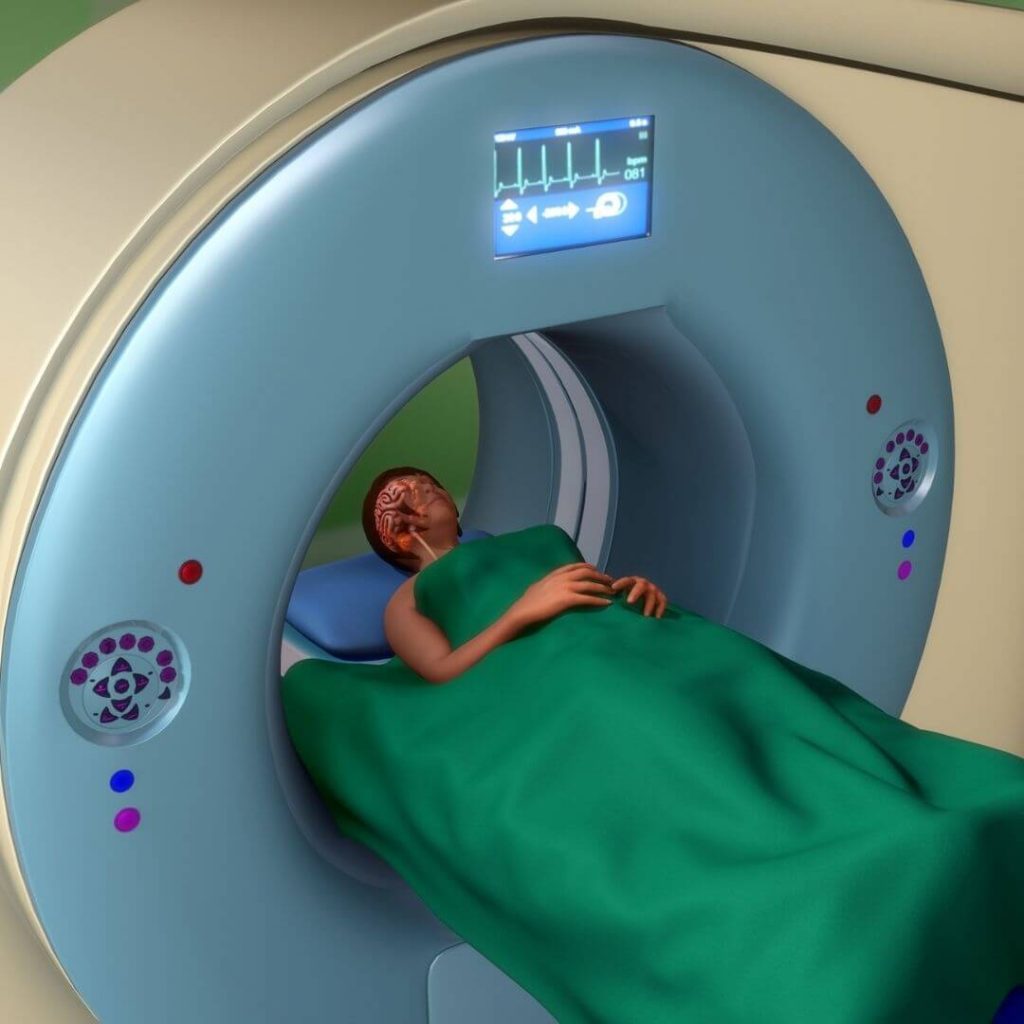
MRI (Magnetic Resonance Imaging) will help to see if there is any damage to the brain cell or tissue caused.

Carotid Ultrasound:
Carotid Ultrasound is also called a Carotid duplex scan and its shows the deposition of fatty compounds (plaques) in carotid arteries that supply blood to the neck, face, and brain. Narrowing or blocking of arteries can also be seen in it.
Cerebral angiogram:
The doctor may also advise you to go for a cerebral angiogram which shows a detailed look of all arteries and their walls in the brain as well as neck. It provides information on clots or blockage that may have caused symptoms.
Echocardiogram:
Echocardiograms will find the sources that are causing clots in the heart because these clots traveled to the brain through arteries and cause stroke.
Prevention and treatment of stroke:
As we all know prevention is better than cure and the effective way to prevent brain stroke is to focus on the underlying causes. This can only be done through lifestyle changes like eating a healthy diet, maintain weight, do exercise regularly, stops alcohol consumption, and avoid smoking. These will reduce the risk of other related conditions like diabetes mellitus, high blood pressure, obstructive sleep apnea, etc.
Treatment:
Surgical treatment:
Arterial surgery will help to reduce the risk of recurrent strokes.
Non-surgical treatment:
Medications:
In the cause of hemorrhagic stroke, the main aim is to make blood clots. So if you are taking blood thinners then medications that counteract or stops the effect of blood thinners may be given as a medication. Other drugs that reduce or lowers blood pressure can also be given. In the case of an ischemic stroke, medications that will break up the blood clot can be given like anti-platelets and anticoagulants.
Conclusion:
Brain stroke occurs when blood vessels in the brain get ruptured and start bleed or when there is a blockage in the blood supply. It occurs mostly in females than in males. The main causes are overweight or excessive weight gain, age 55 years or more, genetic, smoking, and alcohol consumption. Common symptoms are difficulty in speaking, confusion, nausea, seizures, difficulty in breathing, behavioral changes, etc. You can go for a CT scan or MRI scan, carotid ultrasound, cerebral angiogram, and echocardiogram for proper diagnosis of brain stroke. Treatment includes antiplatelet drugs in case of hemorrhagic stroke and blood thinners in case of ischemic stroke.

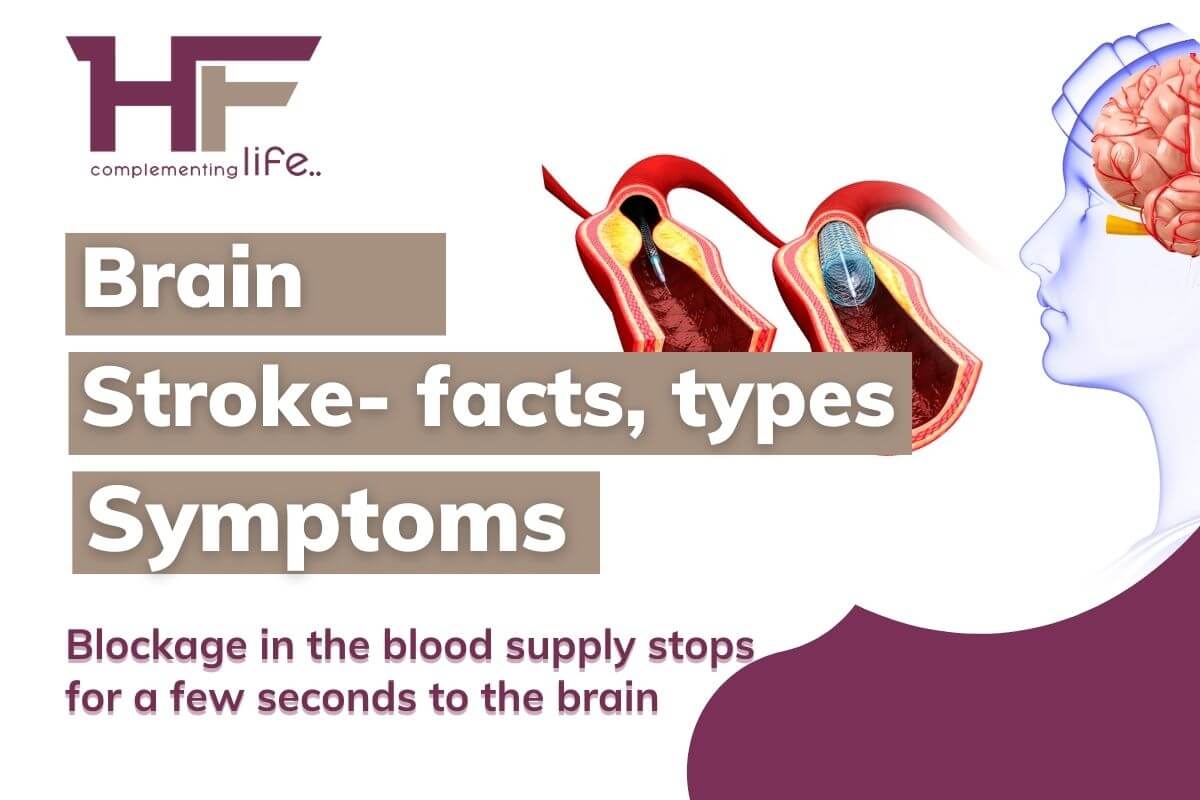
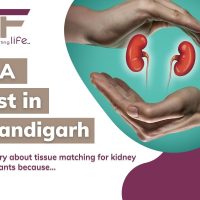
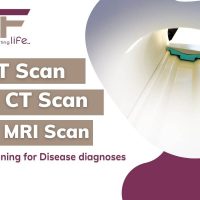

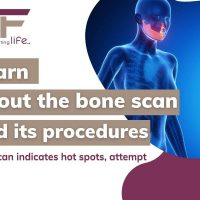


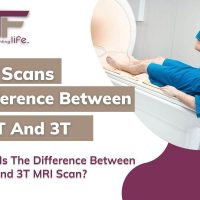

Comments